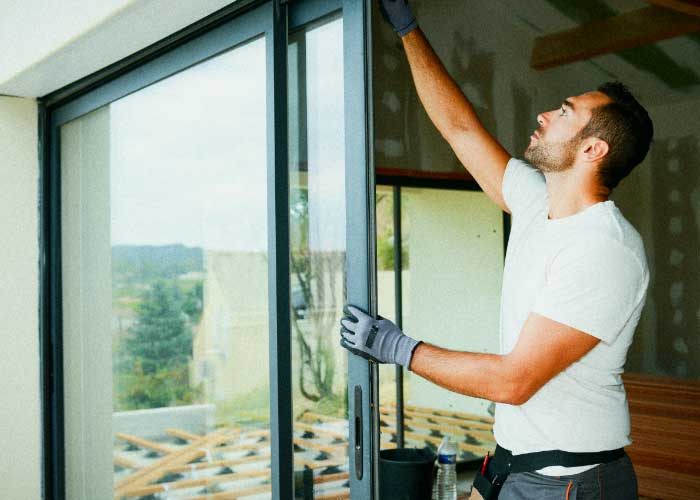What is Home Indemnity Insurance?
Home Indemnity Insurance (HII) protects a homeowner (and any subsequent owner) against financial loss when a builder can’t complete contracted work or meet a valid claim for defective or unsatisfactory building work (including loss of their deposit) because the builder has died, disappeared or become insolvent.
Key Highlights
If you undertake residential building work in Western Australia valued at over $20,000,1 you must purchase Home Indemnity Insurance prior to starting the work or asking the homeowner to pay a deposit or any other money.
-
The builder carrying out the work is responsible for taking out HII.
The builder must give the homeowner a copy of the certificate of insurance prior to commencing work or taking a deposit.
-
HII policies in WA must provide cover up to $200,000 for non-completion/statutory warranty.
-
HII policies in WA provide a maximum of $40,000 for loss of deposit.
Resources & Quicklinks
Couldn't find the form you're looking for?
We have created a library of Home Warranty Insurance forms from all states that we provide warranty insurance services for.
Visit Forms LibraryWhy do I need Home Indemnity Insurance?
Simply put, a builder (any person who carries on a business that performs building work or associated work for others) must take out Home Indemnity Insurance in the name of the homeowner before they accept payment or commence work.
This requirement is mandated by Western Australia’s Home Building Contracts Act 1991 and relates to any residential building project valued at over $20,000 (subject to the exclusions noted). Any builder who doesn’t take out indemnity insurance as required can be prosecuted and fined up to $50,000, and may risk losing their builder’s registration.
The builder carrying out residential building work is responsible for taking out Home Indemnity Insurance and for giving the homeowner a copy of the certificate of insurance before:
- starting any residential work
- asking the homeowner to pay a deposit, or
- asking the homeowner to pay any other money under a residential building contract
Builders need to make provision in the contract price for the cost of the insurance policy and apply to the insurer to have the work covered. The premium is a one-off payment, but note that an additional premium is sometimes required when there is an increase in contract value.
Related Products

Contract Works Insurance
Protect your assets against loss or damage by taking out Contract Works Insurance
Find out more
Construction Legal Expenses Insurance
Provides essential cover when you're faced with legal action.
Find out moreWhat is covered?
Maximum contract value
Home Indemnity Insurance covers completion costs of a residential building project up to a maximum limit of $200,000 should the builder die, disappear or become insolvent and not be able to complete contracted or defective building works. The policy can also provide cover to the homeowner up to $40,000 for any loss of a deposit.
Six-year term
The policy covers potential claims for defective workmanship made up to six years from the date of ‘practical completion’ of the building work (that is, when the work is completed and the dwelling is ready for occupation). That means subsequent homeowners are also protected if they acquire the property during the construction period or during the period of the indemnity insurance cover.
Excess payable
Note that QBE Insurance, which arranges indemnity insurance cover on behalf of the WA Department of Mines, Industry Regulations and Safety, will require the payment of $500 excess to make a claim on home indemnity policy. This means that the homeowner or their successors in title may have to pay the first $500 of any claim.
Why HIA Insurance Services?
HIA Insurance Services (HIAIS) combines the construction industry expertise of the Housing Industry Association (HIA) with the risk and insurance knowledge of Aon to provide specialist products and advice to the residential construction industry.
We understand the unique risk exposures of builders, tradies and subcontractors in Western Australia. As one of the largest and most experienced insurance providers in the country, HIAIS is ideally placed to offer its customers cost-effective policies tailored for risks commonly found in the construction sector, as well as speedy and efficient insurance claims processes.
1Certain exclusions apply – i.e. life lease retirement villages, multi-storey/multi units (definitions apply), standalone associated works and non-structural works that are not required to be undertaken by a licenced builder or do not require a building licence.


